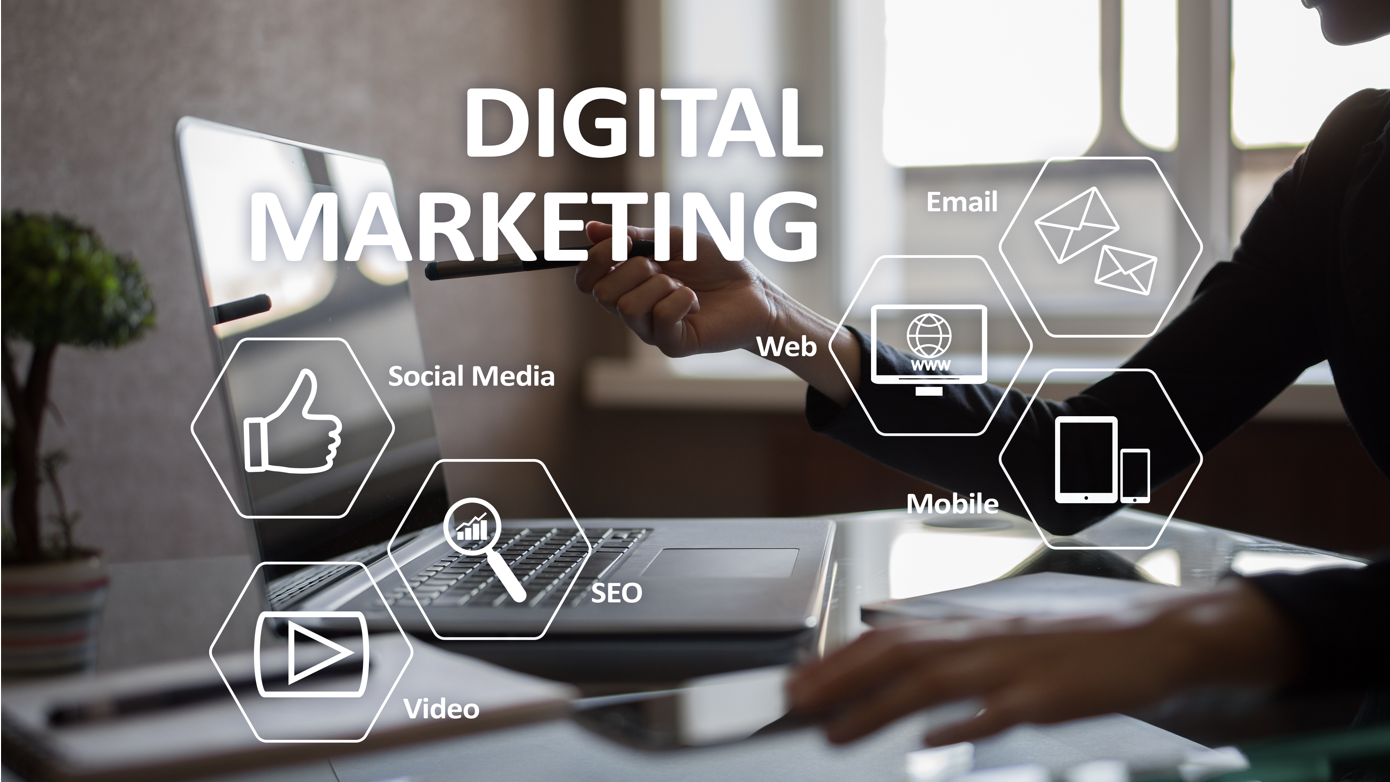
This year, whether it is a new tech brand like ByteDance, or the established tech giant like Alibaba or Tencent, the focus has always been the business operation. What should we do in the new era? From the perspective of long-term business operation, the key point lies in the operation of brand equity.
Recently, there was a terrible data showing that 74% of brands have disappeared and no one has ever paid attention to this. But the Total Shareholder Return (TRS) of the global top 40 brands is 96% higher than the market average. This showed the reality that good brands are scarce and valuable.
1. What is brand equity? Intangible and tangible
In 2019, when many Chinese enterprises believe "digitization" as a cutting-edge buzzword for marketing. For example, P&G, a century-old enterprise, has been digitizing for more than 20 years. Their digitization has opened up and formed a closed-loop business process management, brand content precipitation, consumer crowd management, supply chain, etc.At the same time, representatives of new consumer brands are also emphasizing the long-term value of brand power, as the value brought by brand power exceeds businesses’ expectations.
First, "intangible asset". Although it is difficult to quantify the consumer’s mind, branding can create customer perception towards it. This customer perception is usually reflected in three aspects: good brand image, high conversion rate and premium ability.
Secondly, "tangible asset precipitation" mainly includes relationship assets and content assets. Relationship assets are audiences who have built different degrees of awareness of the brand and have a "relationship" with the brand. Content assets are the penetration and influence of the brand on consumers, and also mean consumers' attention and memory of the brand.
2. How to build brand equity? From single-strategy multi-strategies
In the age of big data, brand equity is not only a measure of market positioning of the particular brand, but also an operable, measurable, analyzable and the fuel to support business growth.Specifically, taking relationship assets as the main focus, brand assets are the integration of communication, frequency, content, goods and other resources to form a composite marketing strategy, including asset integration strategies such as composite crowd strategy, channel and content.
Talking about brand-customer relationship and content. This year, when talking about crowd relations in the market, the trending topic lately is "owned media", and its core is audience operation.
If the relationship assets are divided, they can be sorted out according to the "path for consumers to buy a product": from opportunity group, passive exposure group, shallow interaction group, deep interaction group, purchase transformation group, to brand fans. In Philip Kotler's marketing 4.0, the stages of modern consumer journey are defined as 5A’s, namely aware, appeal, ask, act and advocate. 5A reflects the depth of establishing a "relationship" between the brand and the audience. Here, an opportunity group, that is, potential users, is added.
Often, when different brands carry out marketing activities, they will naturally choose the target audience, or choose the people covered in the past for continuous coverage, but this mindset is not necessarily correct. The selection of people in each marketing activity should be divided into deeper group A and broader group O.
Group A represents the depth of marketing, and usually also represents the willingness to convert.
Group O represents the marketing breadth. Advertisers hope to innovate and build the target group of audience cognition.
According to the label and data analysis system of various dimensions provided, a lot of opportunity groups can be expanded through hierarchical methods such as this product - this category - cross category - industry. At the same time, making cross-analysis with purchase intention can obtain more population combinations and improve the conversion rate.
Then, look at content assets. At present, the content ecology is mature, and users' requirements for content are extremely complex. From the perspective of consumer behaviour, consumers have an average of 25 media touchpoints before making decisions. Different content forms also play different roles in different stages of audience cognitive construction.
In addition, it is found from the Facebook survey that the user interaction participation of native content is 60% higher than other forms of content. It can be seen that a single content cannot improve marketing efficiency, and advertisers began to use composite content strategy.
3. Establishment of marketing system with insight, measurement, optimization
There are many forms of communication between brands and the audience, including traditional ads, social content, short-video, live broadcast, etc. These communications are very different in terms of price/sales form/coverage/interaction ability and so on.At the same time, in the face of big communications forms, the brand can not have a deep understanding of each communication and unable to allocate resources evenly to tailor to every needs. Behind the communication compound strategy, "people" will act as the mainline. Businesses need to scientifically evaluate the real value of each communication, so that each marketing effort can be measured.
The measure of marketing effectiveness is a common challenge to the marketers. The measurement of product efficiency provided by a large number of marketing scientific teams controls whether users "have the opportunity" to see marketing messages through scientific diversion experiments to compare and measure the real value generated by advertisements.
At present, businesses are focusing on building in both branding and business growth. Instead of pursuing a singular marketing activity, businesses are focusing on the accumulation of brand assets for future growth. Thus, businesses need a brand equity evaluation method to measure the value of brand assets.
Finally, the construction of brand equity is to build the brand power, and ultimately the brand fortress.



